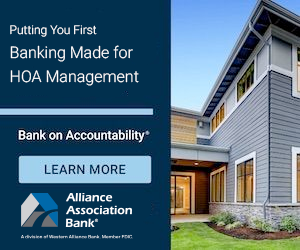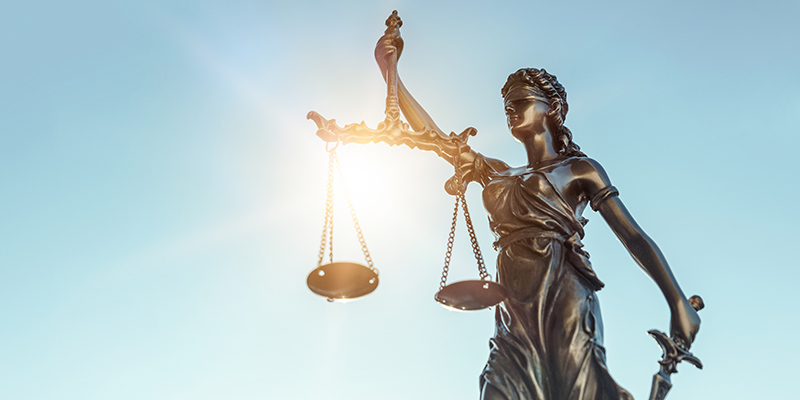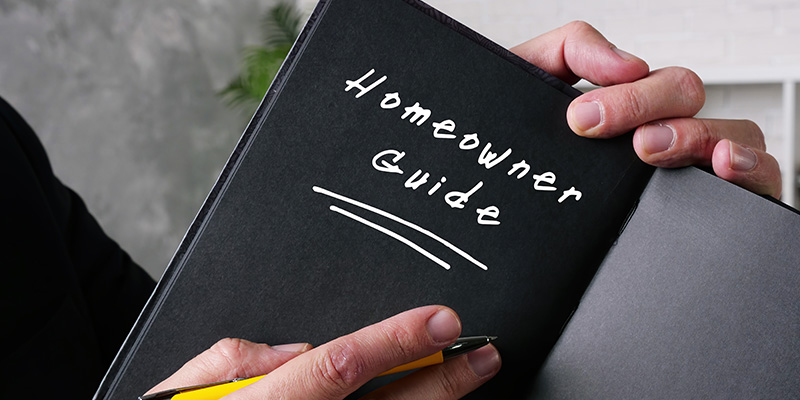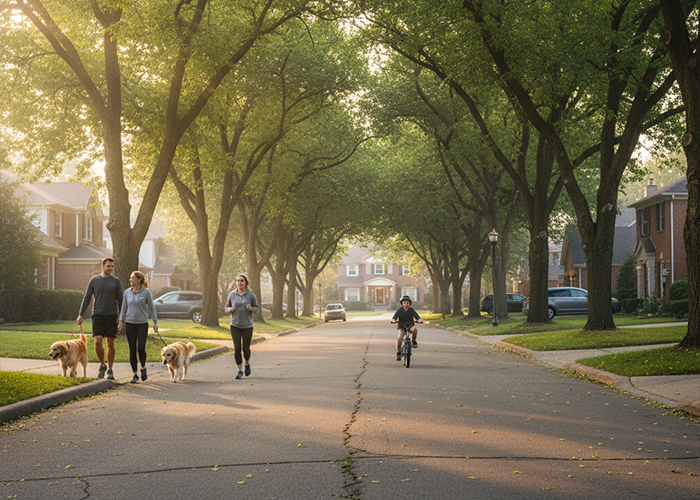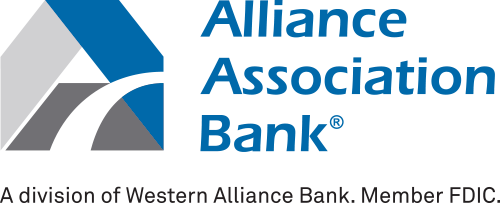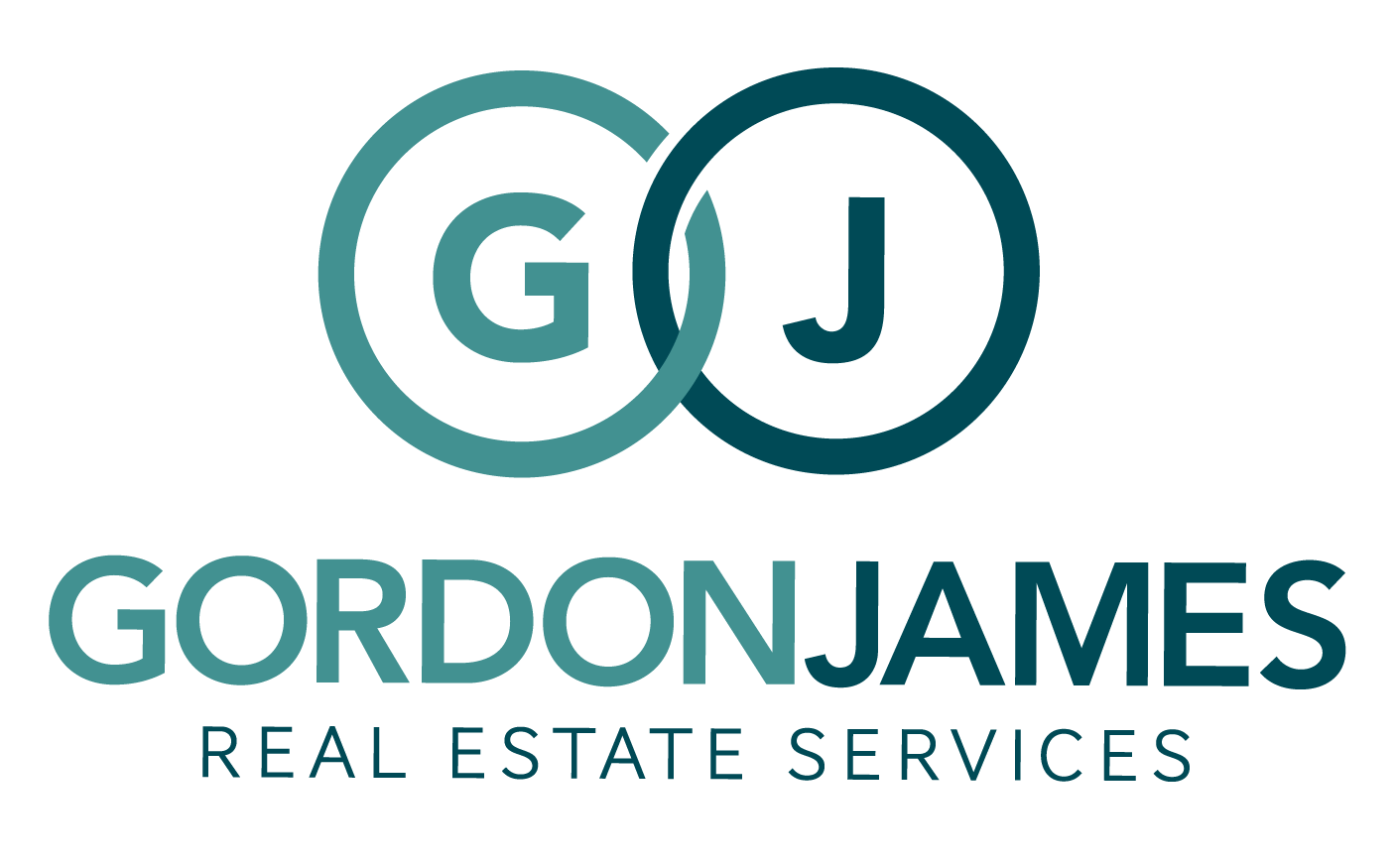HOA Security Tips: Best Practices to Apply to Your Community

Feeling safe at home should never be a luxury in a planned community. When boards and managers take HOA security seriously, people sleep better, common areas feel more welcoming, and property values often follow. With a clear plan, you can strengthen safety without turning your neighborhood into a fortress.
Browse By Category
Sign up for Our Newsletter
Feeling safe at home should never be a luxury in a planned community. When boards and managers take HOA security seriously, people sleep better, common areas feel more welcoming, and property values often follow. With a clear plan, you can strengthen safety without turning your neighborhood into a fortress.
Below are practical, people-focused ideas you can adapt to your own community and board culture.
Why HOA Security Matters for Every Community
HOA security is about more than cameras and gates. It is about giving residents the sense that their community looks out for them, that problems are noticed early, and that someone is paying attention. When that feeling is missing, small issues start to look bigger, and trust in the board can slip.
Homeowners association security also connects to liability and risk. If common areas are dark, locks are broken, or rules are not enforced, your community may face higher exposure when something goes wrong. A simple trip hazard or unchecked trespassing can grow into a legal or insurance problem very quickly.
On the other hand, when you invest in clear policies, good lighting, and thoughtful monitoring, people see the effort. They feel more comfortable walking pets at night, letting kids play outside, or using amenities. In time, that confidence can support property values and attract buyers who care about safety.
Start With an Honest HOA Security Assessment

Before adding new tools, it helps to know where your community stands today. A basic HOA security assessment can be as simple as walking the property with fresh eyes and a notepad. Look at paths, entrances, parking areas, mail rooms, trash enclosures, and any corners where people might gather or hide.
Invite your manager, a committee, or even a local officer to join you if possible. You might also ask residents where they feel uneasy or where they have noticed suspicious activity. Those comments are a source of real-world community security tips that no checklist can replace.
As you walk, list what is working well and what needs work. Note burned-out bulbs, doors that do not latch, cameras that look old, or signage that is hard to see. This early review gives your board a starting point for priorities, timing, and budget.
Use Lighting and Sightlines to Protect People
Good lighting is one of the easiest upgrades for HOA security. When walkways, parking lots, and entrances are bright and even, people feel safer using them at night. It also makes it harder for someone to linger unnoticed.
Check for dark spots between buildings, around dumpsters, at mail kiosks, and near back gates. Sometimes a small shift in the angle of a fixture or the trim of a tree can open up a blocked sightline. Energy-efficient bulbs and timers or sensors keep costs manageable while still improving visibility.
Sightlines matter as much as light. Overgrown shrubs, tall hedges, and cluttered porches can create hidden spaces. Regular landscape trimming near paths, windows, and doorways helps keep things open, tidy, and easier to watch.
Control Access so Strangers do not Slip In

Another part of HOA security is controlling who gets into the community or shared buildings. Even if you do not have a gatehouse, you can still tighten access with simple steps. Think about how vendors, delivery drivers, guests, and rideshares move through your property.
Entry codes should be changed on a regular schedule, especially in small buildings or clubhouses. Old fobs and cards for former residents, staff, or vendors should be removed from the system. When that process is clear, fewer people carry active credentials they no longer need.
It also helps to set rules for propping open doors, lending keys, and letting in strangers who “forgot their code.” Posting reminders in lobbies, elevators, and mail rooms keeps the message in front of people without scolding them.
Make Cameras and Remote Tools Work for Your HOA Security Plan
Cameras can be a powerful part of HOA security, but only if they are placed well and actually used. Start by asking what you want them to do. Some communities want to identify license plates at gate entries. Others want wide views of pools, gyms, parking lots, or package areas.
Modern systems allow remote viewing from phones or laptops, along with cloud storage. This helps managers or board members review incidents without going on site or handling physical hard drives. Some platforms can even flag unusual activity, such as motion at odd hours or repeated visits to a back gate.
Still, cameras should support, not replace, other safety efforts. Make sure someone is responsible for reviewing footage when an incident occurs and for responding to alerts. It is also wise to set clear rules on how long video is stored, who can access it, and how requests are handled.
Turn Residents into Everyday Safety Partners
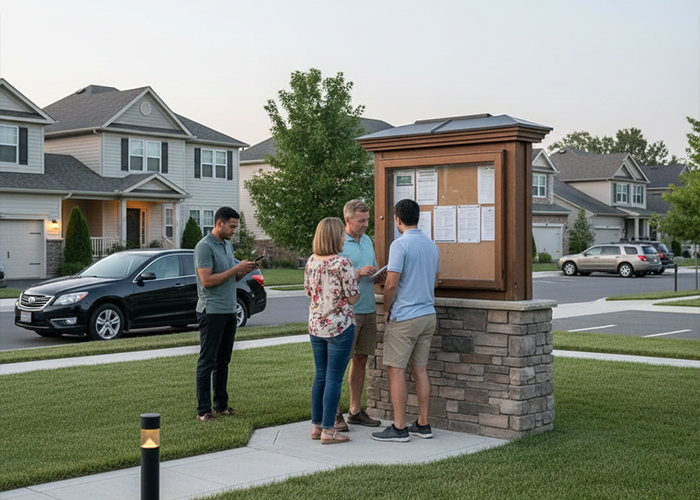
Even the best HOA security system falls short if residents are not engaged. People who live in the community see things staff may miss, especially during early mornings, evenings, and weekends. The goal is to make it easy and comfortable for them to speak up.
Give residents simple ways to report concerns, such as an online form, a dedicated email, or a phone number for the manager. Let them know what types of behavior to report, such as broken lights, suspicious vehicles, or strangers trying door handles. When they do share concerns, acknowledge them and follow up.
You can also use newsletters, social media, or bulletin boards to share basic safety reminders. Topics might include locking vehicles, keeping garage doors closed, and avoiding leaving packages outside for long stretches. Friendly, regular communication makes safety feel like a shared project, not a lecture.
Write Clear Rules and Response Plans
Policies play a large role in homeowners association security. Rules that cover parking, loitering, noise, short-term rentals, and amenity use all have a security angle. When expectations are written and consistent, it is easier to respond when something goes wrong.
Review your governing documents and house rules to see whether they match current needs. For example, do you have clear guidelines for guests at the pool, access to fitness rooms after hours, or use of storage areas? Are there limits on key copies and fob sharing?
In addition to rules, your community should have a basic incident response plan. This does not need to be complicated. It can outline who calls law enforcement, who notifies the manager, and how the board communicates with residents when something serious happens.
Balance HOA Security With Privacy and Fairness

As you add HOA security measures, it is important to respect privacy and fairness. Residents want to feel safe, but they also want to feel at home. Too many rules or cameras in sensitive areas can create pushback and erode trust.
Be transparent about what you are doing and why. If you add cameras, share a simple map that shows where they are and what they cover. When you change access systems, explain how the new process protects residents and keeps data secure.
Fair enforcement matters as well. Rules related to parking, loitering, or noise should apply equally to all residents and guests. When people see consistent enforcement, they are more likely to follow the rules themselves and support future security steps.
Watch Over Amenities and Special Areas
Pools, clubhouses, gyms, and playgrounds are big draws for many communities, but they also create risk. A good HOA security plan looks closely at each amenity and how people use it throughout the day.
For pools, you might require access cards, set clear hours, and post rules in plain language. Self-closing gates, non-slip surfaces, and working lifesaving gear are other basics. In a fitness room, think about cameras at the entrance, age limits, and sign-in methods.
Parking garages, carports, and shared driveways need attention too. Good lighting, visible unit numbers, and clear tow or boot policies help keep these areas orderly. Package rooms or mail areas may need signage about theft risks and reminders to pick up deliveries quickly.
Use Data to Review and Improve HOA Security

Security should never be a one-time project. Over time, it helps to use data and feedback to refine your HOA security plan. That data can be formal, such as camera logs, access reports, or incident records. It can also be informal, like comments gathered at meetings or from emails.
Keep a simple log of incidents, including date, time, location, and what happened. Patterns often show up over several months. You might notice more issues near one entrance, in a specific parking lot, or during certain hours.
This information helps you decide where to focus money and time. You may choose to add a camera, upgrade lighting, change patrol routes, or adjust amenity hours. When residents see you responding to real patterns, their confidence in the board tends to grow.
Know When to Call in the Experts
There will be times when outside help makes sense. Security consultants, local law enforcement, and experienced vendors can all play a role in fine-tuning homeowners association security. They may see gaps that are easy for familiar eyes to miss.
A consultant can perform a full risk assessment and recommend updates that fit your budget. Local officers can share trends they see in surrounding neighborhoods and suggest practical steps that work in similar communities. Reputable security vendors can walk the property and advise on camera placement, access control, and monitoring options.
Your HOA management company can also help you compare bids, manage projects, and line up ongoing support. Leaning on their experience lets your board stay focused on policy decisions while professionals handle the technical details.
Keep HOA Security Part of Everyday Life
HOA security works best when it becomes part of everyday routines rather than a one-time push after an incident. Clear policies, steady communication, smart tools, and engaged residents all support that goal. When boards treat safety as an ongoing partnership, communities feel calmer, friendlier, and more confident.
Need help in handling your HOA security? Let professional HOA managers help you out! Check out our online directory today for your area’s best HOA management companies!
Related Articles:
- HOA Board Nominations: What’s the Right Process?
- Managing HOA Reserve Funds: Best Practices For Board Members
- HOA Financial Reports: What Boards And Homeowners Need To Know
Trending Now
Related Article
Sign up for Our Monthly Newsletter
Sign up below for monthly updates on all HOA Resource


